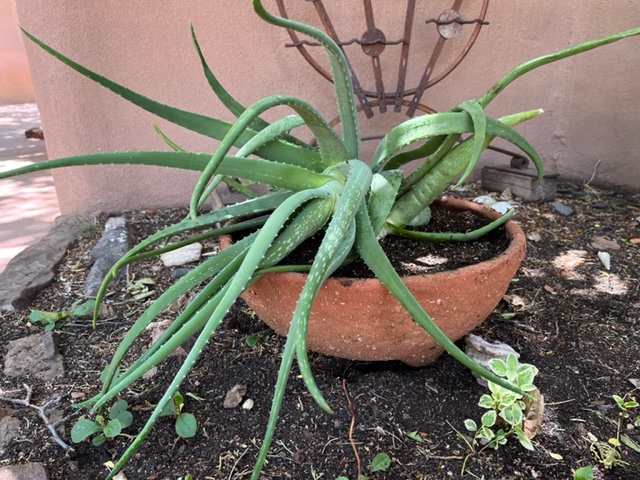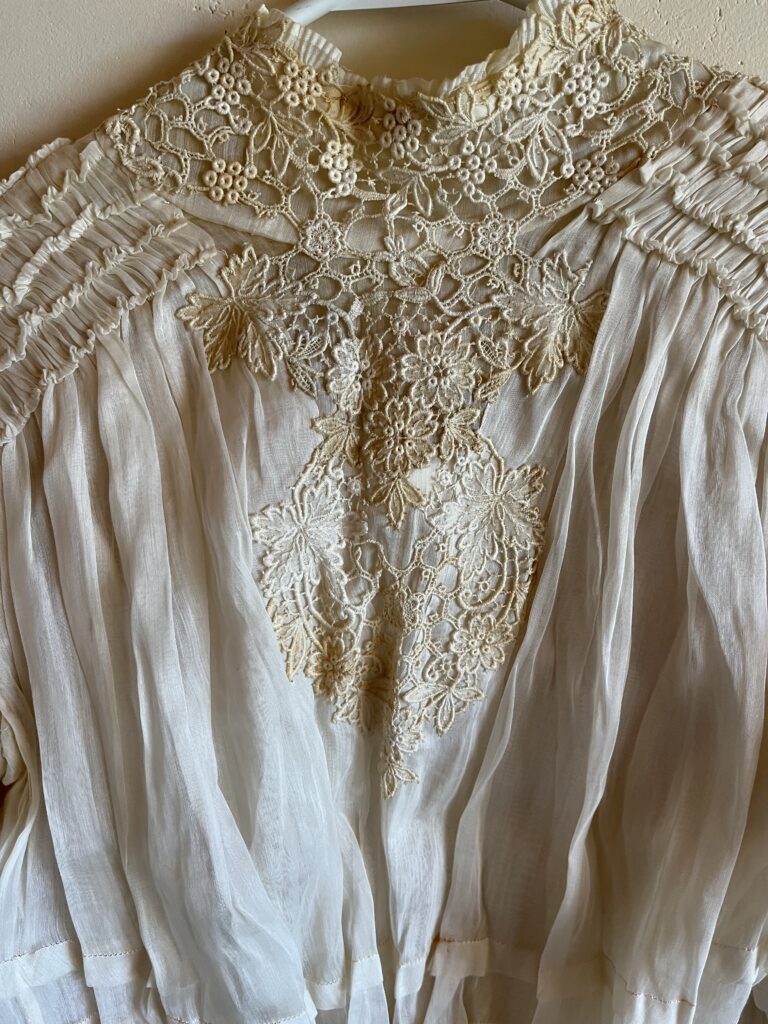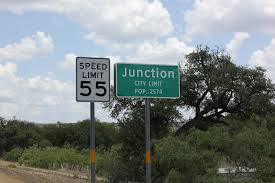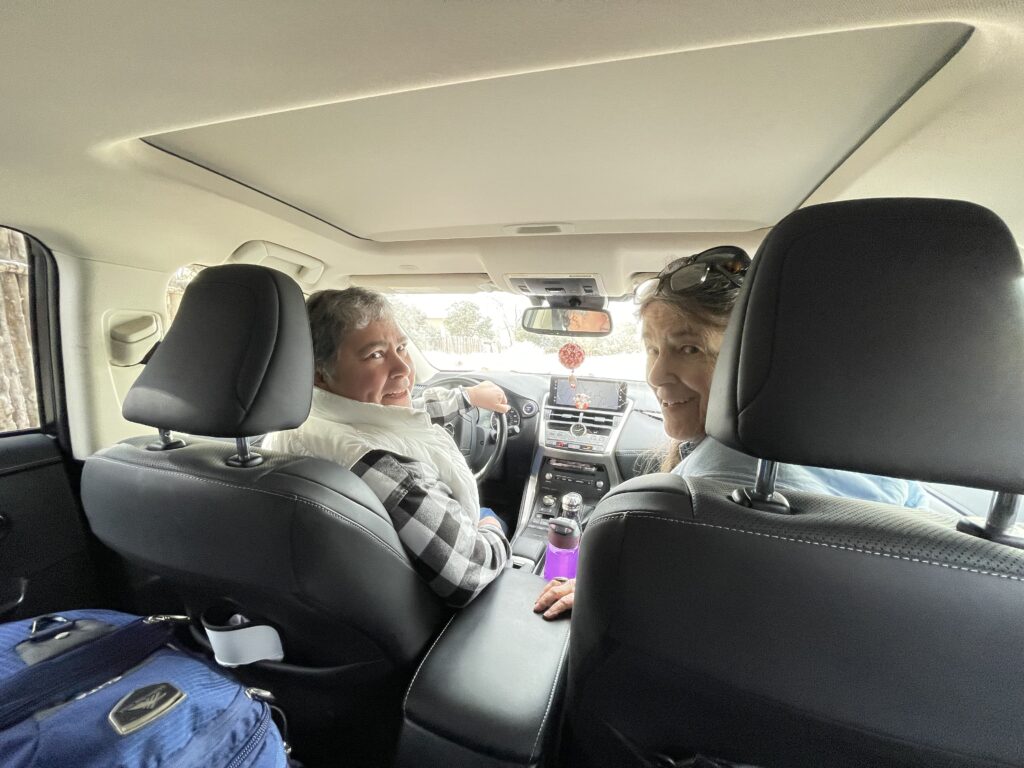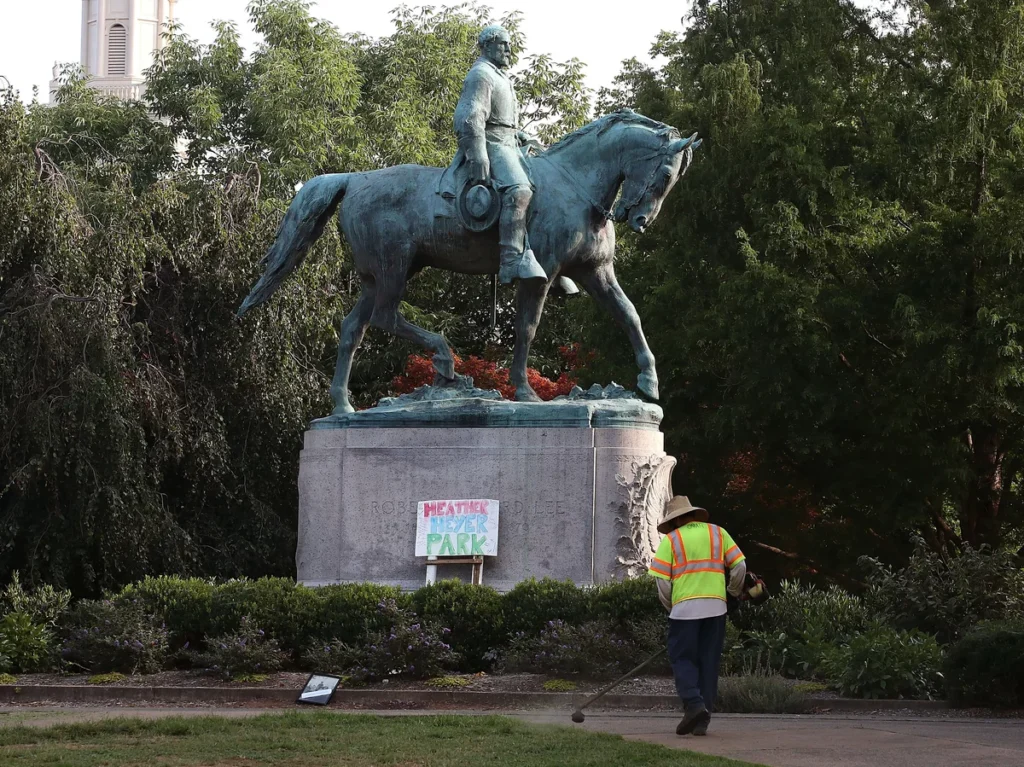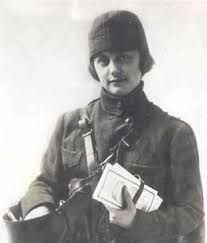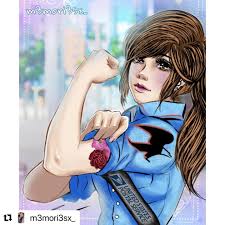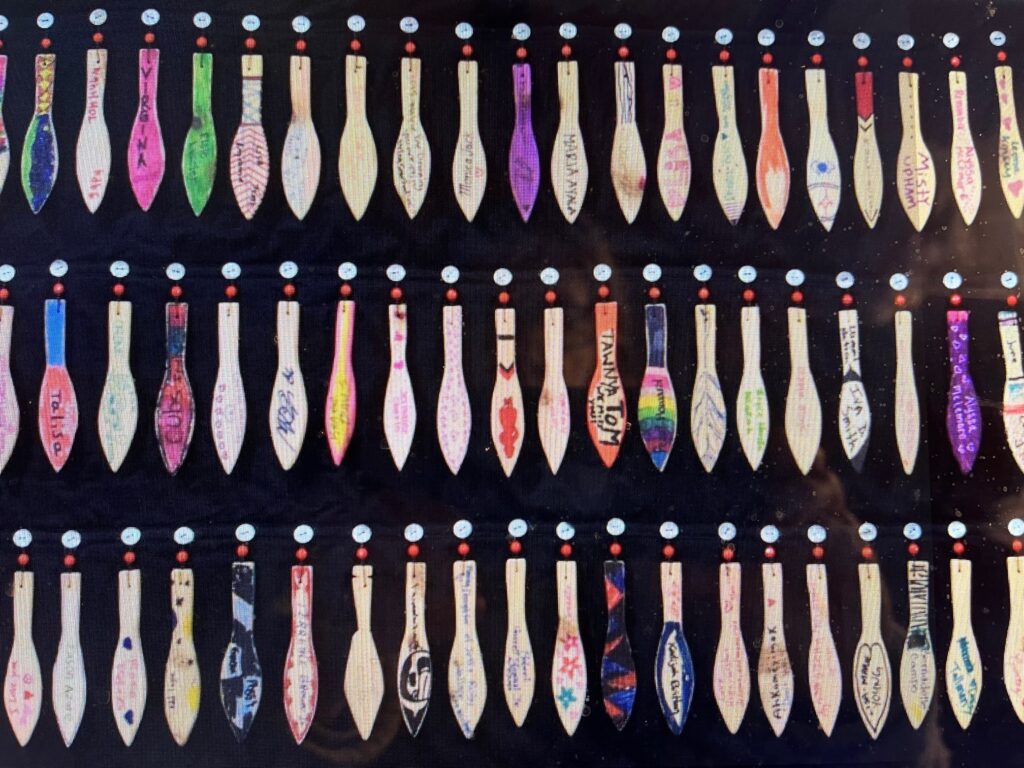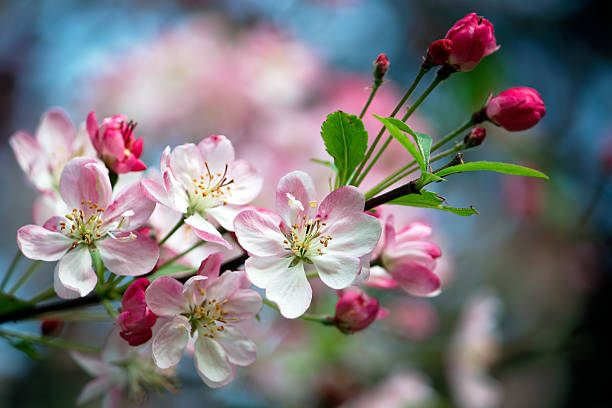Mountains of Stuff
Every year our community has a giant, multi-household yard sale. It has developed a following in the greater Santa Fe area and we have many repeat customers, hovering before the 8:00 am start, hoping for early bird specials. There was the usual assortment of yard sale items, but there are always treasures to be found. This year my neighbor sold her grandmother’s hats from the 40s – fantastic, elaborate, elegant, mostly black, many with sparkly beads, a feather or two, beautifully crafted. An artist neighbor made themed packets of collage materials. We sold a monster aloe vera plant that was consuming the kitchen and a Danish wooden hanging lamp that I’d had since the 70s. Hundreds came and that is why this blog post is late. I needed a little recovery time.
This is the good news – I divested myself of many things. The bad news is that there is so much more… stuff. How to deal with a lifetime’s collection of material goods, and in my case, not only my lifetime but my parents and grandparents and beyond. For decades I have been custodian of dishes, vases, tarnished maybe-silver baby dishes, yearbooks, report cards, letters, clippings and handmade cards and crafts that seemed to be very important to someone long ago. I have my grandmother’s wedding dress from 1900, my great grandfather’s Civil War medal, my mother’s drawings from her college years, my father’s award from the Seattle Food Lifeline which he helped found – and this is just the tip of the iceberg. I have felt it was my responsibility to save and protect this collection of family lore. These things meant enough to my ancestors to pass down to the next generation. Heaven forbid I would break the chain and fail to do my duty. And, of course, like a good ancestor I am adding my own lore, imagining that someday some descendant will be happy that I saved the little clay penguin I made in nursery school.
(more…) Read More
